I cruised around 8 Greek islands this summer, and this uninhabited gem was my favourite
From culture to culinary delights, a Greek island cruise offers plenty to entertain and enrich passengers, says Marc Shoffman
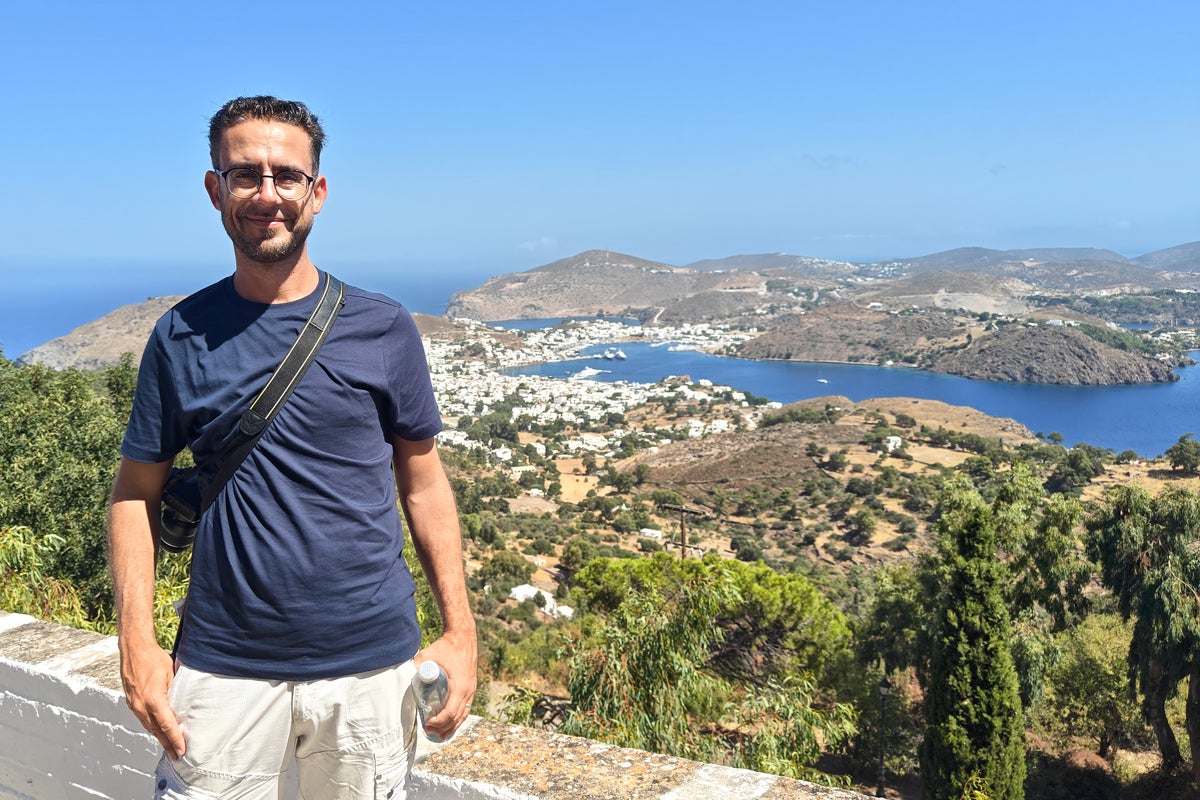
This summer, I was fortunate enough to sail through the Cyclades on two different cruises, visiting eight unique Greek island destinations with Star Clippers and Royal Caribbean.
Over six sun-kissed weeks, I tussled with crowds of Instagrammers for a must-have shot in front of the shiny blue domes of Santorini, marvelled at the white washed windmills of Mykonos and rode in a horse and carriage around the 18th-century architecture and car-free streets of Spetses.
I sailed back to ancient times while surrounded by dolphins, before visiting the caves and chapels of Patmos and Amorgos that have strong links to John and the Virgin Mary, and swam in the clear waters of Rhodes and Argostoli.
But the island that has stayed with me was the one where no one actually lives: Delos.
Read more: My Greek island small ship odyssey
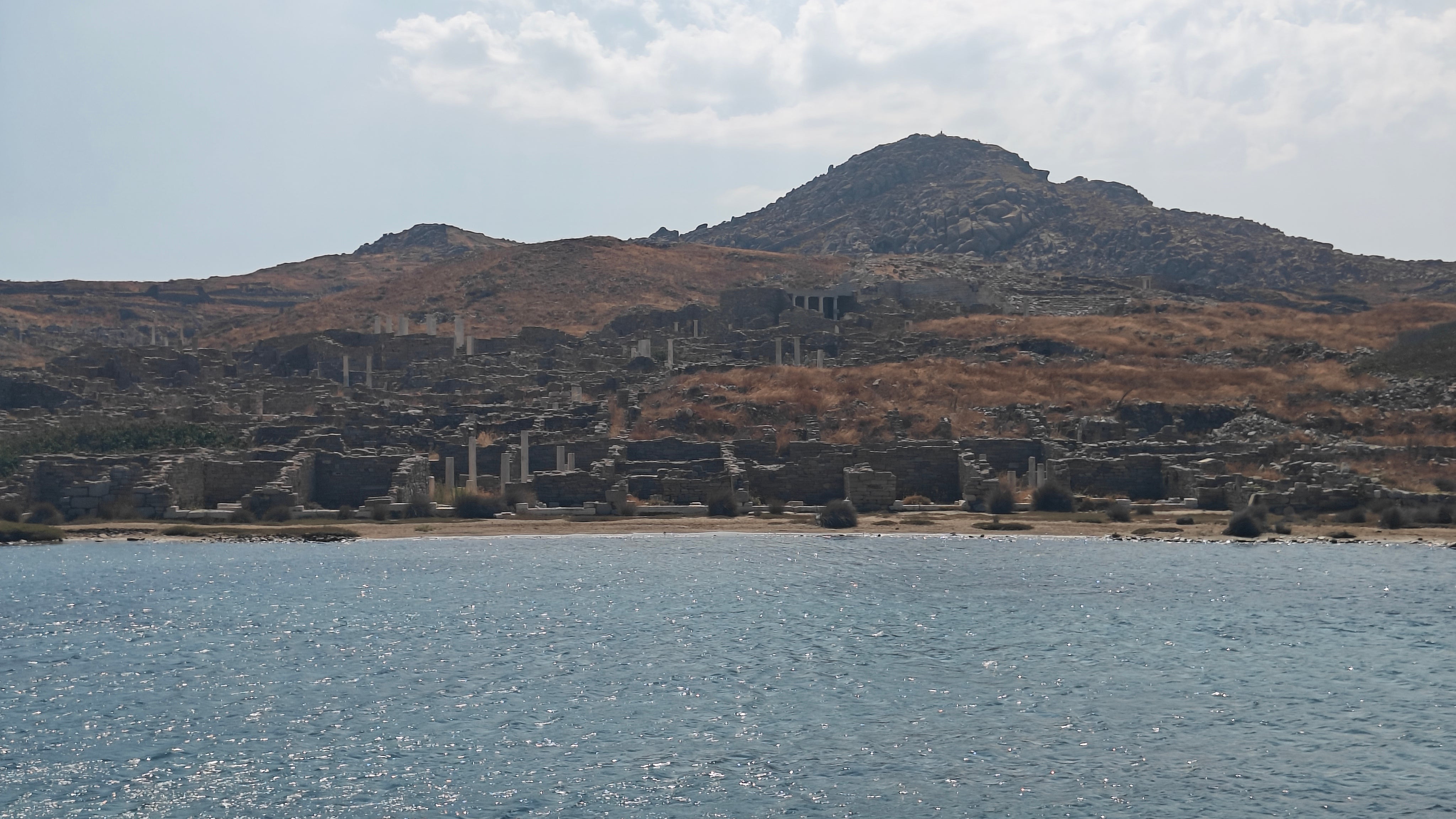
Just a half-hour ferry ride from Mykonos, Delos is a world away from the crowded party island. Ferries visit Delos from Mykonos four times a day between April and November, but I was surprised at how little traffic there was on the island, especially as our cruise was in port with two other large ships. There were a few guided tours on offer, but unlike other must-see sites around the North Cyclades, such as the Acropolis and Ephesus, in Delos, you barely notice the crowds.
And that’s because there aren’t many people to see. The whole island is a designated Unesco World Heritage site, and because of this it has a population of zero, as the designation states that no one can live there permenantly. Aside from a few small buildings that occasionally host people working on excavations of the island’s ancient sites, there are no dwellings at all.
There are no souvenir shops selling cheap keyrings and fridge magnets, no restaurant owners beckoning you in for gyros – although the ferry across does sell decent cold beer and ice cream at the bar – and the only refreshments available on the whole island is a vending machine for water.
But what Delos lacks in facilities, it makes up for in wonder.
Dating back to the third century BC, Delos was once the beating heart of ancient Greece, ascribed as the birthplace of the Greek god, Apollo, and goddess Artemis by the famous poet Homer. It was a major religious centre in ancient Greece and later an important commercial port under Roman rule, playing host to key trade routes before it was abandoned after attacks by Rome’s enemies in 88 and 69BC.
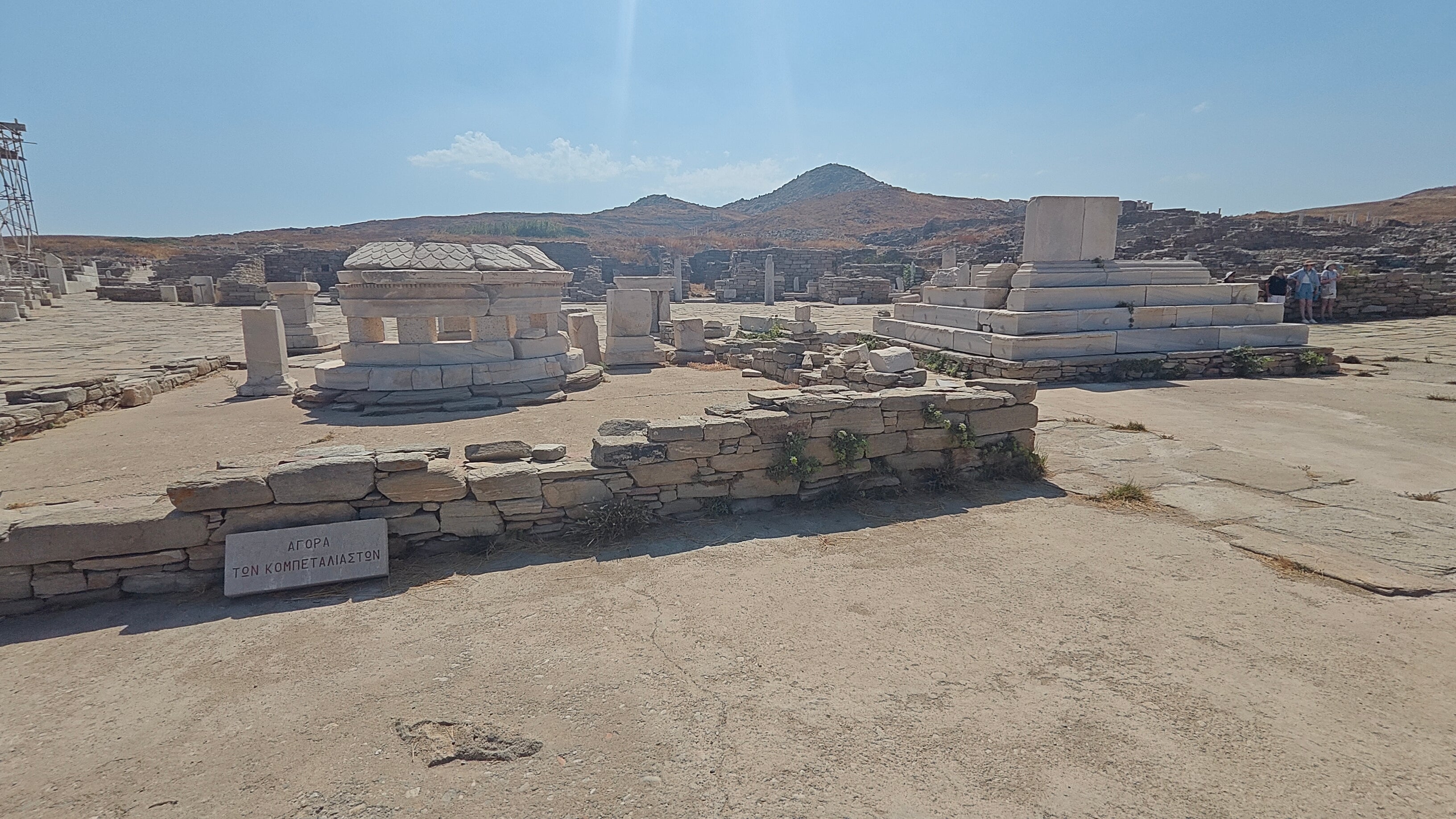
Read now: The best hotels in Mykonos
We approached on a rocky ferry, and in the distance, the island looked like a pile of rubble. In fact, even the pier we docked at had been made using rubble from various excavations. On closer inspection, it was as if the island had only recently been discovered, and in fact it has – at least in archaeological terms – as excavation activity on this island only started in 1872. By way of comparison, excavations of Pompeii in Italy began in 1748.
Signs of ancient life surrounded us as we wandered around the restored streets and squares that once hosted a bustling marketplace. One of the first landmarks we saw was the sun-bleached Agora of the Competaliasts, in ancient times a major marketplace centred around a memorial to Hermes, the god of commerce, where workers would unload goods and visitors could barter for goods. The square seemed so clean; as if a delivery was expected at any moment.
.jpg)
Nearby, I counted the ruins of four lion statues which dominated a bank close to the sea edge, beside platforms that once hosted shrines to Apollo and Artemis. The smooth silence of the island made it easy to imagine them roaring. Our guide explained that there were once 16 Eurasian lion statues here, set up to guard the sacred spot.
We admired pristine mosaic floors and towering marble columns that surrounded ornate courtyards, perched as if the owner had just popped out for lunch, and portraying the wealth that this busy commercial port must have attracted.
In the centre of the island, we could just make out the stone seats of the Ancient Theatre of Delos, with a capacity of 6,000 – in many ways was the first ever Apollo Theatre.
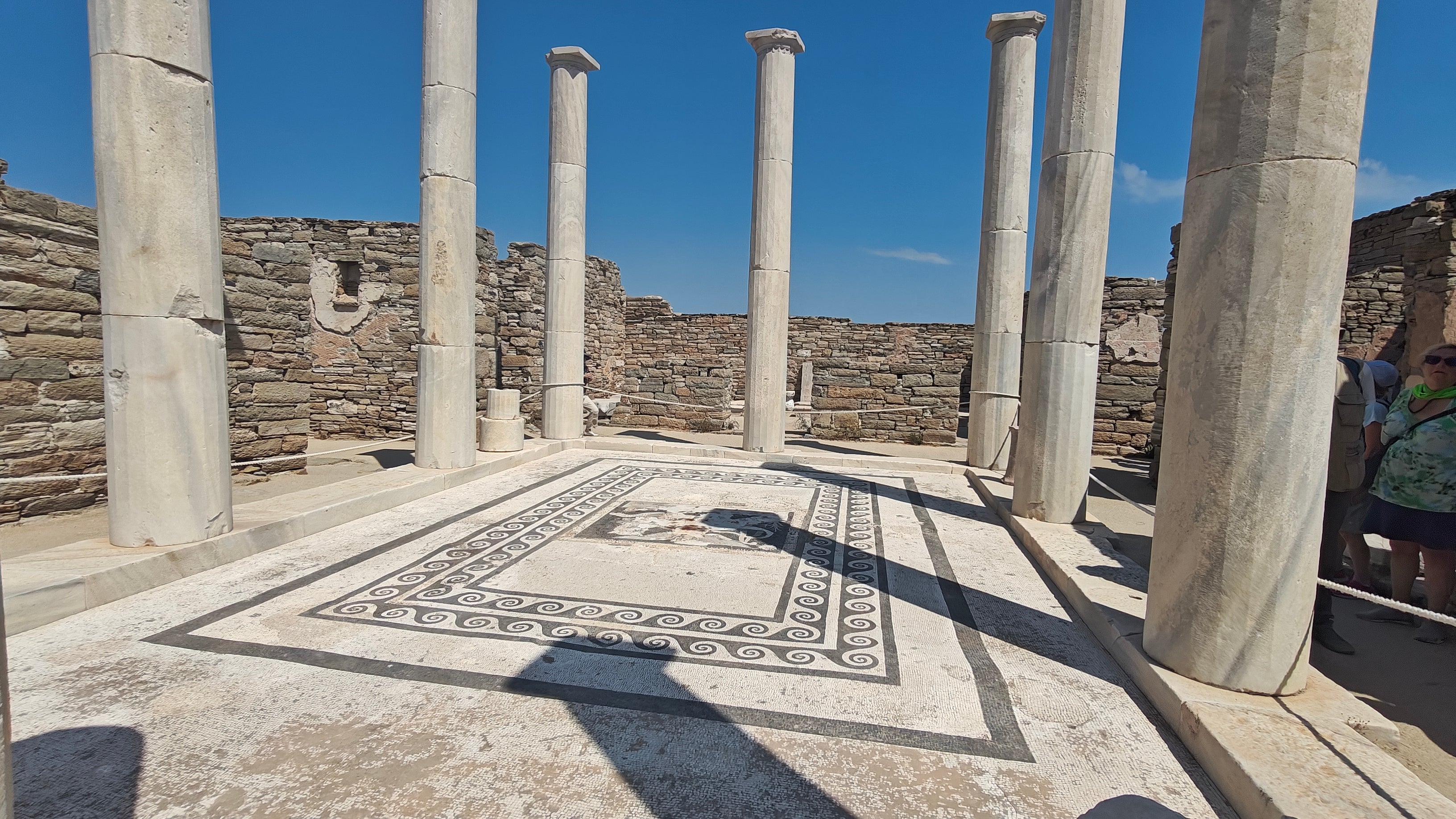
Many of the discovered statues and relics had been moved into the Archaeological Museum of Delos on the island, where I discovered more remains of the lions and even an ancient Greek mural painting of a boxing match that was estimated to date to around 100BC. Our guide told us it is believed that there are thousands more years of history still hidden on Delos, as much of the island is yet to be excavated.
Rising sea levels mean that new discoveries there are a challenge, with a study by geoscientist Enes Zengin of Dumlupınar University's Department of Urban and Regional Planning published in Turkey last year warning that much of the island could end up underwater within decades, due to climate change.
As more is discovered, I only hope nature, and perhaps the gods themselves, ensure it can be seen.
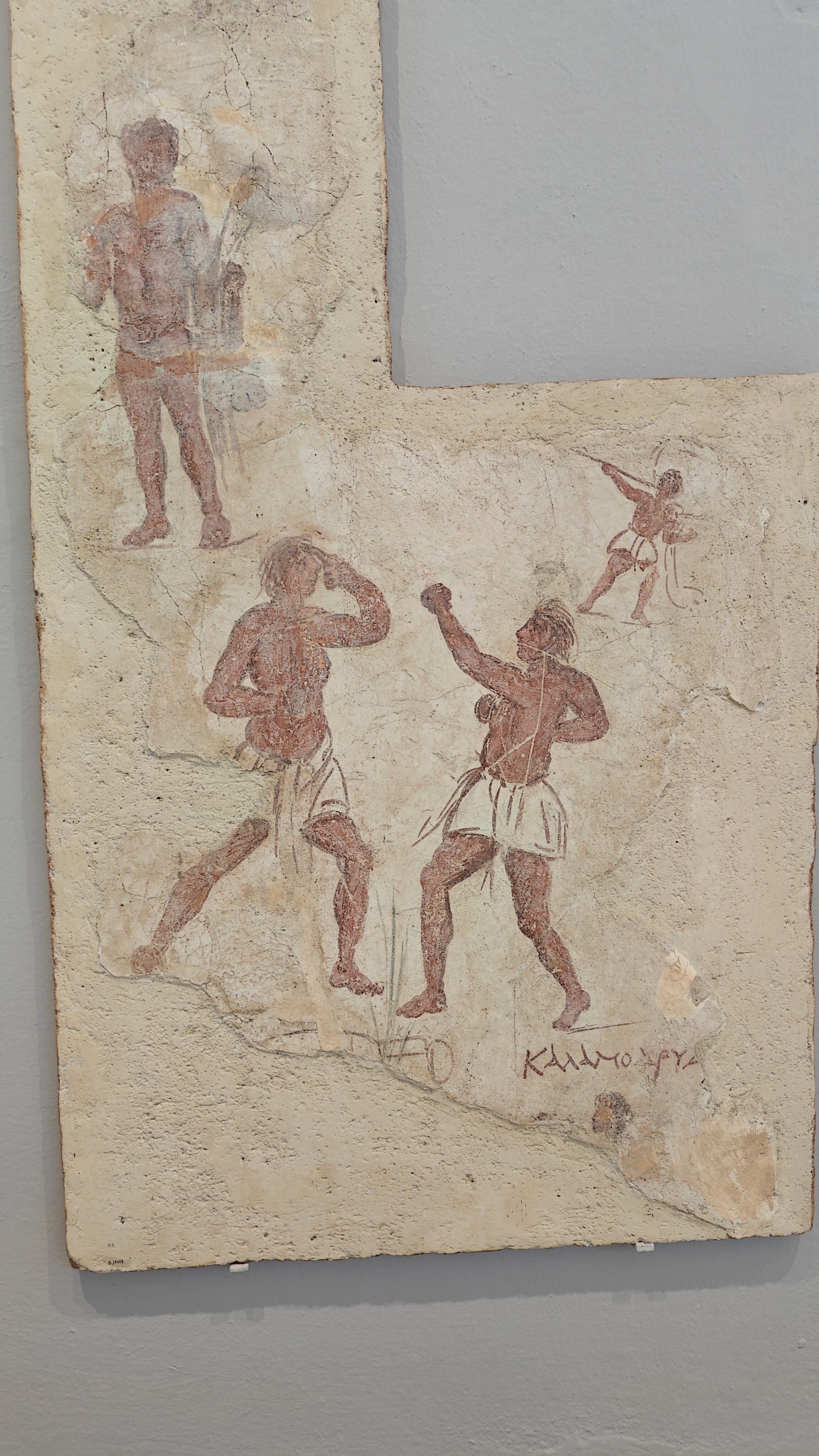
How to book it
Cruise lines such as Celebrity Cruises, Royal Caribbean and Star Clippers offer excursions to Delos during Greek island itineraries and often during visits to Mykonos. It is possible to get ferry from the greek islands of Paros and Naxos to Delos, but the ferry ride can be up to two hours long, so most cruise trips are arranged from Mykonos.
A cruise ship excursion to Delos can cost around £80 to £100 per person and will typically include a round-trip ferry and a guide whilst guests are on the island. If you choose not to take a tour, the ferry costs £25 for a return trip from Mykonos and a further £10 for a ticket to explore the island.
Read more: The best cruise ships to travel on in your lifetime

 Fransebas
Fransebas 
































